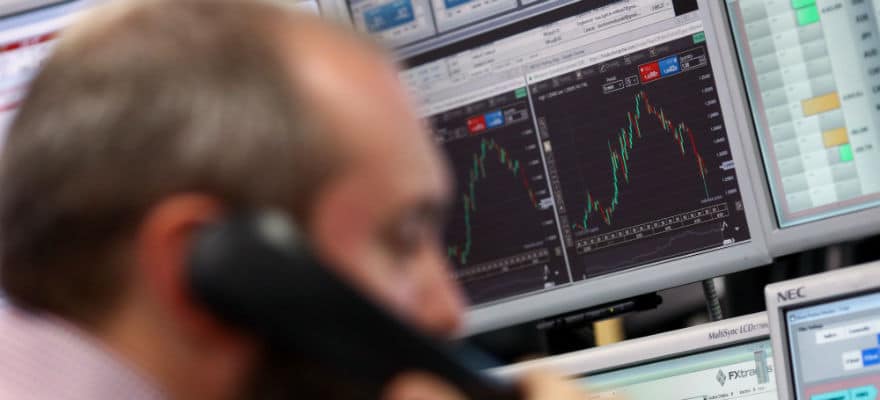Remember the joys of being young and carefree? Eating as much pie as you’d like, when you like, without a care in the world or a pound on the scale. At some point though, something had to give. Either the scale started creeping up or you had to come to a balance in your life in terms of exercise and/or diet.
Now that you have an analogy in mind, let’s turn our attention to the financial trading industry and onto being a successful broker; in particular, the acquisition channels.
When the market was young, and so were the brokers, you could consume from your acquisition pie without any worries. This acquisition pie is traditionally made up of more than 70% traffic coming from IBs and Affiliates , and the rest is comprised mainly of email marketing to lists and maybe a little display advertising. Typically, brokers with strong sales desks grew and profited. Like a teenager, the only question was how big the pie was and how much you could eat up.
With maturity comes a sober understanding that you need to balance your diet. The same is true for the market. As the market matures, brokers require a more balanced diet of acquisition channels to remain lean, mean and healthy. In other online industries, the percentage of the pie given to affiliates is 30%. In some cases, it is clear that higher percentages are unhealthy for the business. So the question is, what is a healthy balanced pie?
Typically, one would expect to see: 25% traffic from affiliates, 25% from paid advertising (including SEM and display), 25% SEO generated traffic using content marketing and social, around 15% from email marketing, 5% direct traffic from brand awareness and a small percentage from other sources.
The first partnership to consider is paid and unpaid traffic utilizing SEO (search engine optimization or where you rank on Google), SEM (or paid advertising complementing your keywords with relevant remarketing) and social marketing (both in terms of community and advertising). A common example of social marketing is Facebook. The combination of all these together not only brings measurable ROI, but also increases brand awareness that can contribute towards more direct traffic. You can also add to the mix (budget permitting) other display advertising, be it online or offline.
The benefits are multiple. The first is a simple concept. Instead of passing traffic through a 3rd party affiliate website, you own the beginning of the funnel. Effectively this makes your traffic cheaper. Not only that, but you also have an understanding of what the user was looking for and therefore you can continue the conversation in the language they are expecting. For example, if the user was looking for social trading, you will know they either searched for it in Google or responded in social media and you can then converse with them about the benefits of your social trading community.
The harder concept for many to grasp is the changing climate and culture of consumers. Gone are the days when all you needed to do was 'hard sell' your product. Today, with information freely available online 24/7, we have all become investigators. As consumers we research and then make a buying decision. As suppliers, we need to provide the right triggers to help users make a buying decision in our favor.
Each new activity has an optimization phase. With SEO, it can take some months to build a healthy long term ranking, but once established and maintained, traffic is the highest quality at the lowest relative cost. Paid advertising generally burns budget until the campaigns are optimized for performance. Once optimized, the traffic can cost 20% less then affiliate traffic, but initially expect the costs to be 3 or even 4 times higher in the initial days or weeks. In both cases, conversion rates should be improved as campaigns are mapped and the users’ specific initial interests are known.
Once you are on board with the balanced acquisition pie, the next step is implementation. The decision is: 'make or buy', or 'outsource vs. in-house'. Ultimately, it makes financial sense to keep it all in-house. It will mean setting up a new team and going through the optimization phase of campaigns, step by step. It is a longer process, with higher up-front costs and longer term benefits. Outsourcing means handing over the reins to an agency that specializes in generating traffic. You will pay a premium for their knowledge, connections and shorter optimization cycle, and enjoy the benefits of better bargaining Leverage , since agencies enjoy economies of scale when negotiating for display for example.
Brokers have made a similar decision already – to be a market maker or pass trade by STP. Eventually, many choose a hybrid solution. The same can be said of using agencies. Gain benefits at the beginning, and then take over parts of the services gradually while leaving them with their strengths in terms of getting better pricing for advertising space.
Have you looked at your brokerage’s scale recently?

















